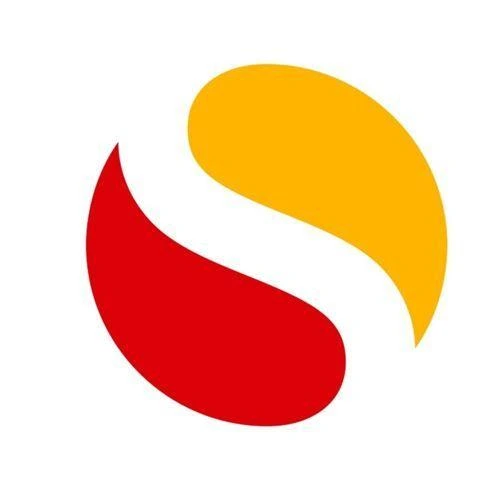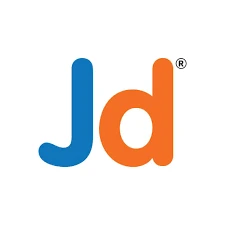|| Front-End Web Developer Course in Dahod
The Front End Web Development Course at BIT Dahod is a comprehensive program designed to equip students with the essential skills and knowledge to build engaging, interactive, and responsive websites. This course delves deeply into the core technologies of web development, focusing on HTML, CSS, JavaScript, and the latest front-end frameworks. By the end of this course, students will be proficient in creating fully functional and aesthetically pleasing websites that work seamlessly across a variety of devices and screen sizes.
At the heart of the program is a strong foundation in HTML5 (HyperText Markup Language), the backbone of any web page. Students will learn how to structure web content effectively, ensuring accessibility and semantic organization of text, images, and multimedia elements. Building on this, the course introduces CSS3 (Cascading Style Sheets) to give students the ability to design visually appealing layouts and customize website appearance, enhancing their skills in typography, color theory, responsive design, and CSS animation.
One of the primary focuses of the course is the mastery of JavaScript, the programming language that powers dynamic and interactive elements on modern websites. Through hands-on exercises and projects, students will gain a solid understanding of JavaScript syntax, functions, objects, arrays, and the Document Object Model (DOM), enabling them to create dynamic content such as interactive forms, animations, and real-time data updates. The course also covers important concepts like event handling, AJAX (Asynchronous JavaScript and XML), and JSON (JavaScript Object Notation), which are crucial for integrating web applications with external APIs and services.
To keep up with the evolving demands of the web development industry, students will explore front-end frameworks such as React.js, Vue.js, or Angular, allowing them to build scalable and maintainable applications with reusable components. These frameworks are widely used in the industry and are essential for modern web development. The course will provide students with a comprehensive understanding of how to leverage these technologies to build more efficient, modular, and performance-oriented web applications.
In addition to technical skills, the program emphasizes responsive web design, teaching students how to create websites that automatically adjust and adapt to different screen sizes, whether it’s a desktop, tablet, or mobile phone. Students will learn to implement media queries and flexbox/grid systems to create layouts that deliver a seamless user experience across all devices. This is an increasingly important skill as mobile browsing continues to dominate internet traffic.
Students will also be introduced to essential version control systems like Git and GitHub, enabling them to manage and track changes to their code efficiently. These tools are integral to modern web development workflows, particularly in collaborative environments where developers work together on large projects. The course will teach students how to commit, branch, merge, and collaborate on code using Git, ensuring they are ready for real-world development scenarios.
In addition to the technical aspects, the course emphasizes the importance of user experience (UX) and user interface (UI) design principles. Students will learn how to design intuitive, user-friendly interfaces, ensuring that their websites are not only functional but also visually appealing and easy to navigate. Topics such as usability testing, wireframing, and prototyping will be covered, allowing students to gain a comprehensive understanding of how to approach design from a user-centered perspective.
Throughout the course, students will work on a series of real-world projects, applying their knowledge to create professional-quality websites and web applications. These projects will be a key part of their portfolio, showcasing their abilities to prospective employers or clients. From simple landing pages to complex interactive web applications, students will gain hands-on experience that will make them competitive in the job market.
By the end of the Front End Web Development Course at BIT Dahod, students will be well-equipped with the technical expertise and creative problem-solving skills required to pursue careers as front-end developers, UI/UX designers, web designers, or even freelance developers. The course also prepares students for advanced web development topics and serves as a solid foundation for those who wish to explore back-end development, mobile app development, or full-stack development.
In conclusion, the Front End Web Development Course at BIT Dahod is an in-depth training program that covers all aspects of building modern, responsive, and dynamic websites. With a focus on the latest technologies, industry best practices, and hands-on experience, students will gain the skills and confidence to create professional web applications and pursue successful careers in the thriving web development industry.






 4.8 (21,636) reviews
4.8 (21,636) reviews
 HTML5
HTML5
 CSS3
CSS3
 TAILWIND CSS
TAILWIND CSS
 JAVASCRIPT
JAVASCRIPT
 BOOTSTRAP
BOOTSTRAP
 ANGULAR JS
ANGULAR JS
 REACT JS
REACT JS
 VUE JS
VUE JS
 JQUERY
JQUERY



















 Read more
Read more 
